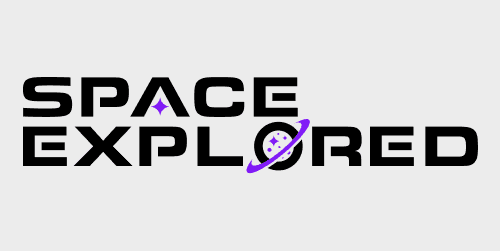
SpaceX successfully launched 21 Starlink satellites on a Falcon 9 rocket flying out of SLC-40 at Cape Canaveral Space Force Station in Florida. This launch was the first to carry SpaceX’s larger and more capable V2 Mini satellites, further expanding the capability of their satellite internet constellation
Starlink V2 satellites
Initially planned to exclusively launch on SpaceX’s Starship rocket, the Starlink V2 satellites are more capable satellites to build out the company’s internet service. Musk described the V1 satellites the company has launched previously as financially weak, while referring to V2 satellites as strong. While Starship may be nearing its first orbital launch attempt, the continued delays of the rocket forced SpaceX to adapt the V2 satellites into a “mini” form that would be compatible with the less powerful Falcon 9 rocket and fit inside the smaller payload fairings. It is V2 Starlink satellites which will eventually T-Mobile customers cell service directly from satellites.
The most evident of the changes to the V2 satellites is the larger size, with just 21 satellites in the stack rather than up to 60 with V1 satellites. Rather than having two stacks of satellite side by side within the payload fairing, there is only room for single stack of V2 mini satellites within the Falcon 9 payload fairing.

The new argon hall thrusters provide the satellites with 2.4 times more thrust and 1.5 times the specific impulse than the previous thrusters. SpaceX also improved phased array antennas and E-Band interconnects so that each satellite can support four times the capacity of previous versions.
Starlink Group 6-1 launch
This launch was the first of these more capable V2 mini satellites. The Falcon 9 rocket took flight from SLC-40 at Cape Canaveral Space Force Station at 6:13 p.m. ET. After stage separation, the first stage of the rocket, B1067, successfully landed on the droneship A Shortfall of Gravitas, which was positioned over 600km out into the Atlantic Ocean.
This Starlink mission marks the third flight of booster 1067. It began its life as a new booster flying CRS-26, where it delivered a Cargo Dragon capsule full of supplies to the International Space Station. On its second mission, the booster supported the launch of OneWeb satellites.
FTC: We use income earning auto affiliate links. More.




Comments